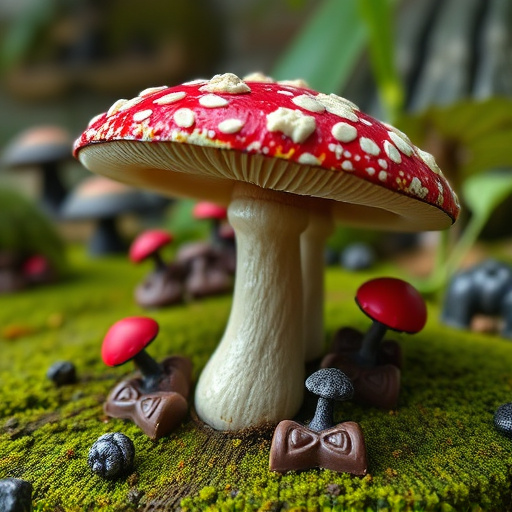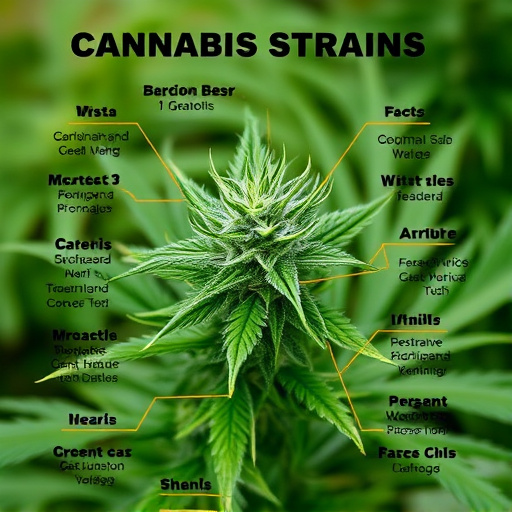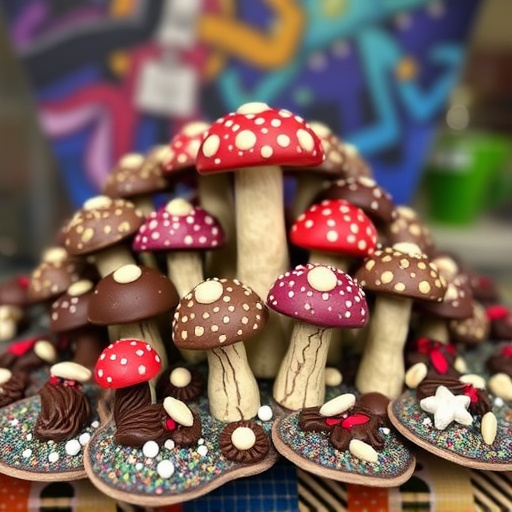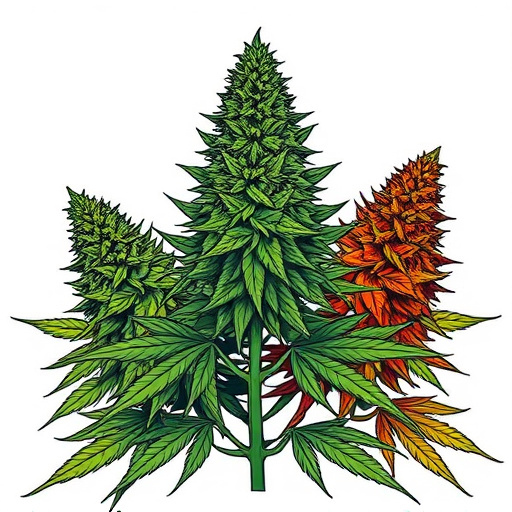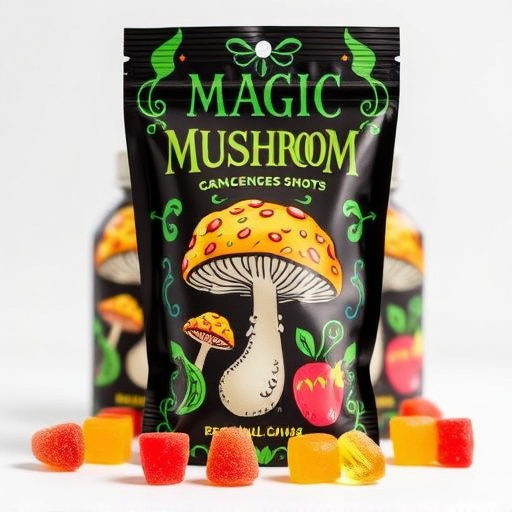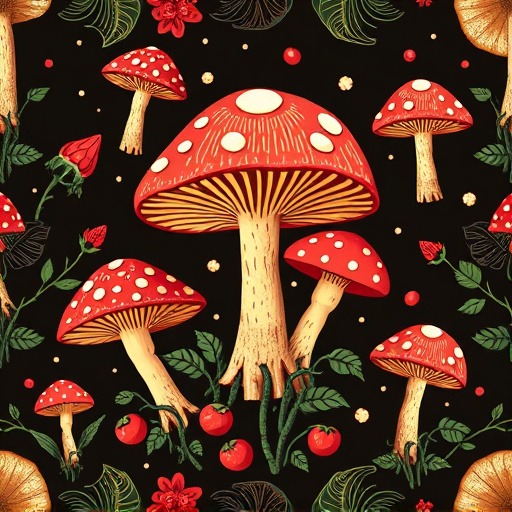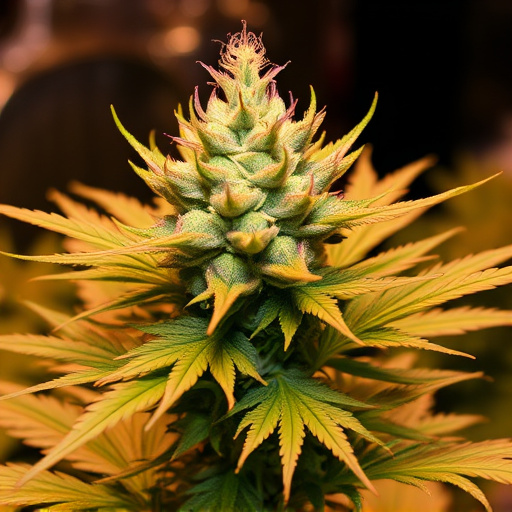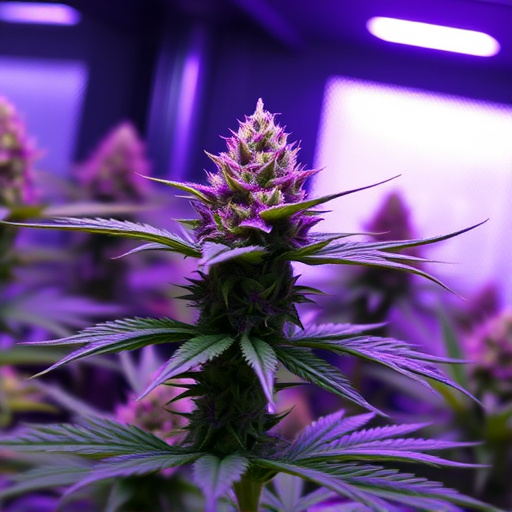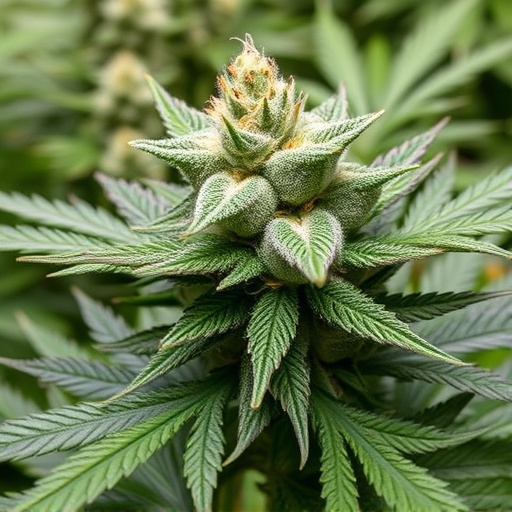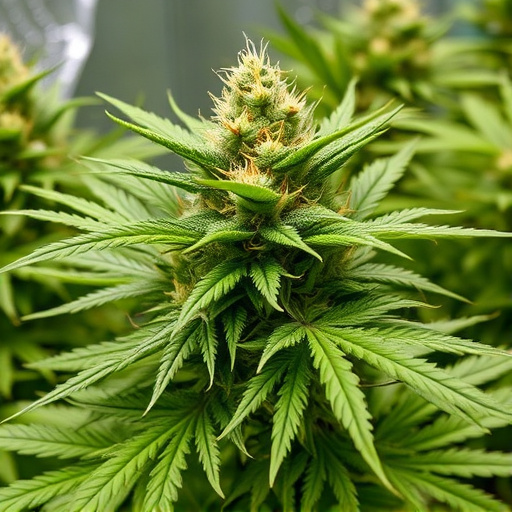The transformation of cannabis flowers involves seed germination, vegetative growth, flowering stage initiation, increased cannabinoid production, and pigment changes, resulting in vibrant colors. These scientific processes contribute to the unique therapeutic properties and visual appeal of highest yielding cannabis strains, like Afghani Indica varieties, which are favored for their rapid flowering and heavy buds, impacting commercial cultivation significantly. Growers select these strains based on robust growth and diverse traits to cater to varied consumer preferences and market demands in a vibrant cannabis industry.
Discover the captivating transformation of cannabis flowers as they change color, a process that adds not just aesthetic allure but also scientific intrigue. This article explores the intricate journey from bud to bloom, delving into the biological mechanisms behind the vibrant shifts in hue. We uncover the role of pigments and terpenes, providing insights into how these compounds contribute to both the visual beauty and potential therapeutic benefits of cannabis. Additionally, we highlight the highest yielding cannabis strains known for their distinctive characteristics, offering a glimpse into the diverse world of this remarkable plant.
- Understanding Cannabis Flower Development
- The Science Behind Color Change: Pigments and Terpenes
- Highest Yielding Cannabis Strains and Their Unique Characteristics
Understanding Cannabis Flower Development
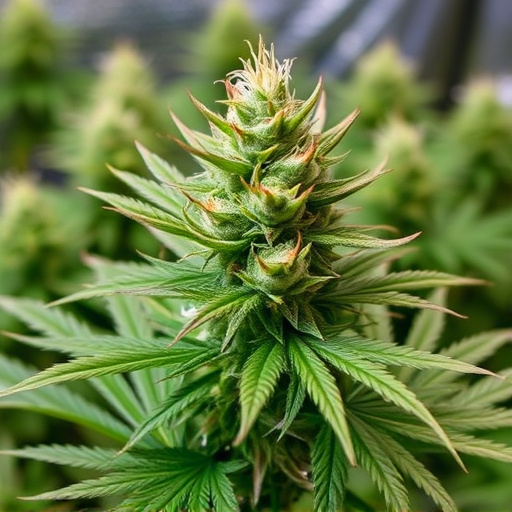
Cannabis flowers undergo a complex transformation as they develop, ultimately leading to their vibrant color changes. Understanding this process is key to cultivating the highest yielding cannabis strains. The life cycle begins with seed germination, followed by vegetative growth where the plant focuses on developing its root system and foliage. As the plant enters the flowering stage, triggered by environmental cues like decreasing light or specific hormone levels, it redirects its energy towards producing flowers. These flowers start as tiny buds that swell and mature over time. During this critical phase, cannabinoid production intensifies, giving rise to the characteristic aromas and effects associated with different cannabis strains. The color shift occurs due to changes in pigment expression, influenced by the plant’s physiology and environment, ultimately contributing to the diverse array of colors seen in cannabis flowers, from deep purples to vivid greens and even striking yellows.
The Science Behind Color Change: Pigments and Terpenes
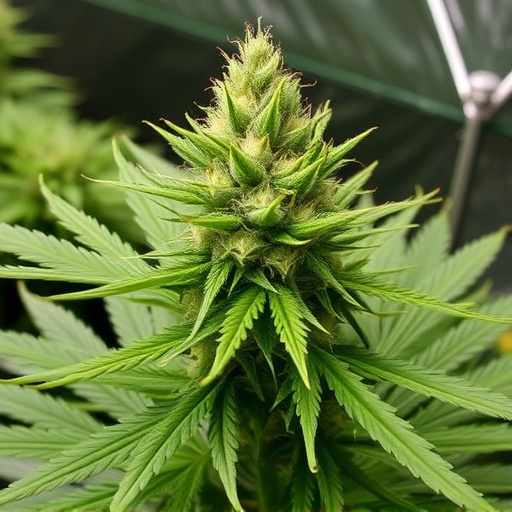
The color change in cannabis flowers is a fascinating process driven by complex chemical interactions. As the plant matures, specific pigments and terpenes begin to manifest, leading to the vibrant hues we associate with different strains. Cannabinoids like THC and CBD are well-known for their therapeutic properties, but lesser-understood compounds play a crucial role in the visual appeal and unique characteristics of highest yielding cannabis strains.
Pigments, particularly anthocyanins, are responsible for the range of colors from deep blues to vibrant purples and reds. Terpenes, aromatic compounds that contribute to the plant’s scent, also influence color by interacting with pigments. This dynamic interplay results in the stunning visual variations observed among cannabis varieties, with some highest yielding strains showcasing remarkable color contrasts that captivate cultivators and enthusiasts alike.
Highest Yielding Cannabis Strains and Their Unique Characteristics
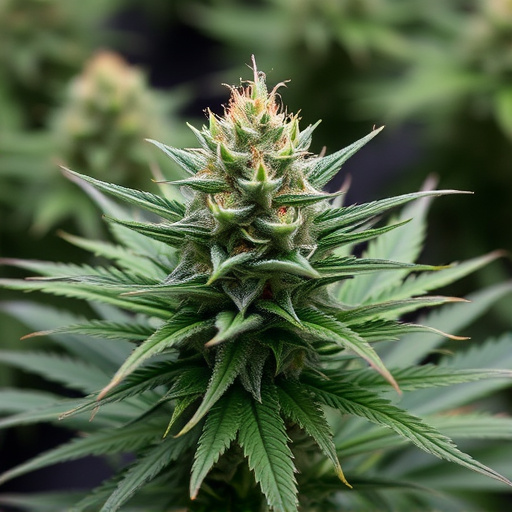
When it comes to maximizing yield in cannabis cultivation, certain strains stand out as the highest yielding. These varieties offer not only prolific harvests but also unique characteristics that cater to diverse consumer preferences and market demands. For instance, Indica strains like ‘Afghani’ and its derivatives are renowned for their dense, heavy buds and fast flowering times, making them a favorite among commercial growers seeking high-volume production.
Each of these highest yielding cannabis strains has distinct traits. Some emphasize potent effects, with high THC levels that deliver powerful medicinal benefits or intense recreational experiences. Others focus on robust flavors and aromas, offering profiles that range from fruity and floral to earthy and woody notes. These unique characteristics not only enhance the overall consumer experience but also allow growers to cater to specific market segments, ensuring a diverse and vibrant cannabis landscape.
Cannabis flower color change is a fascinating process rooted in both biology and chemistry. By understanding this transformation, cultivators can optimize their growing techniques and select the highest yielding cannabis strains known for their distinct characteristics. These strains not only offer superior yields but also contribute to the diverse range of pigments and terpenes that create the vibrant palette of cannabis flowers we appreciate today.

